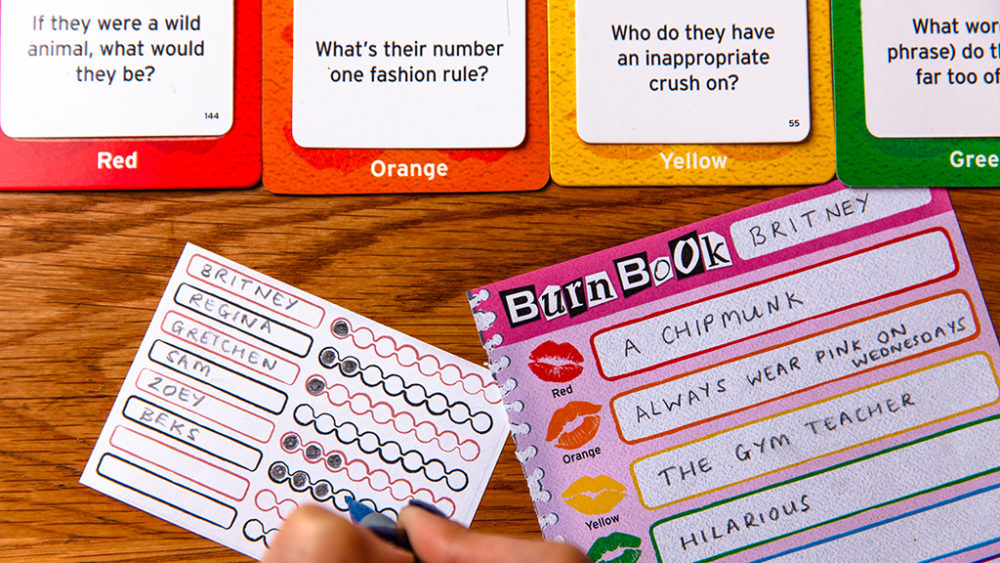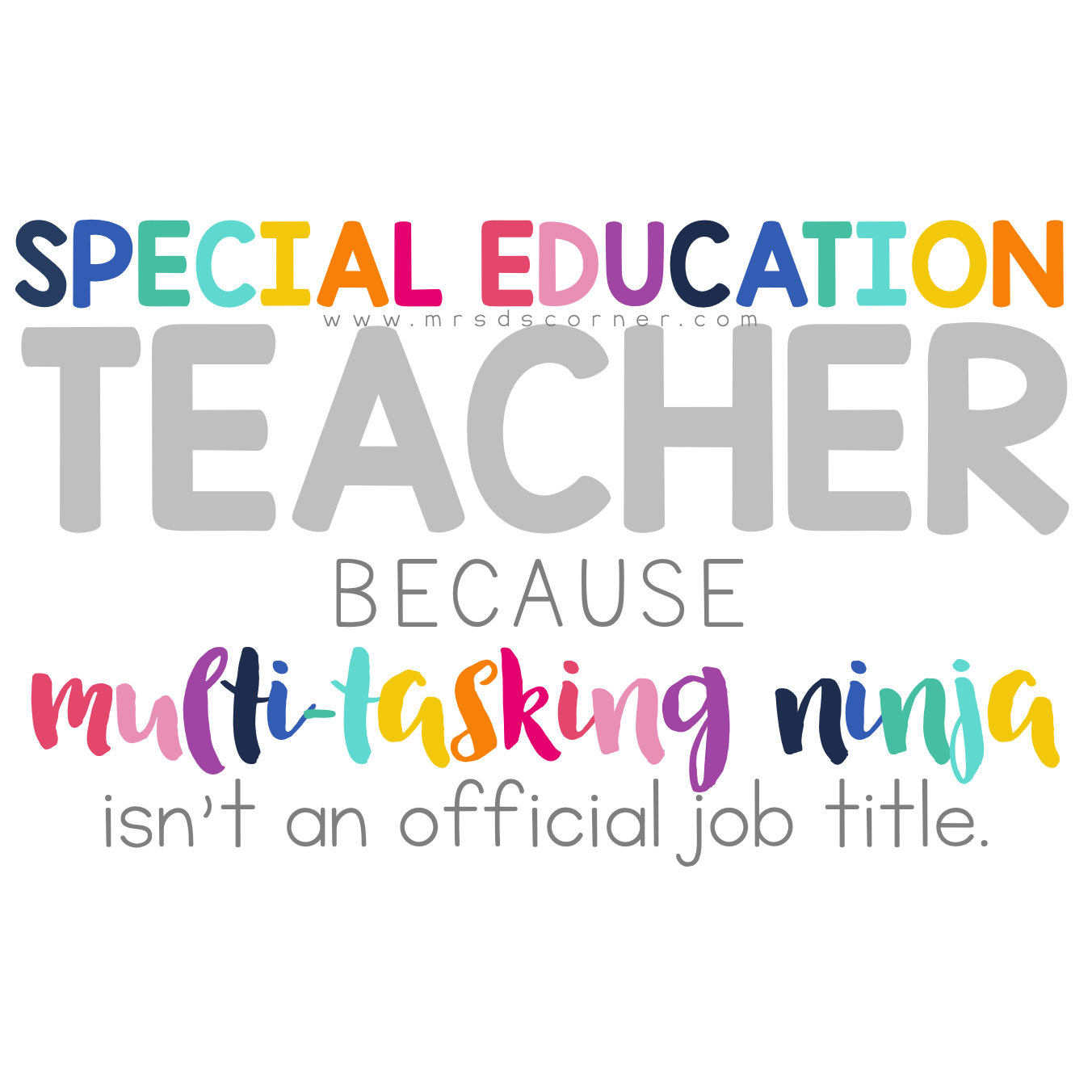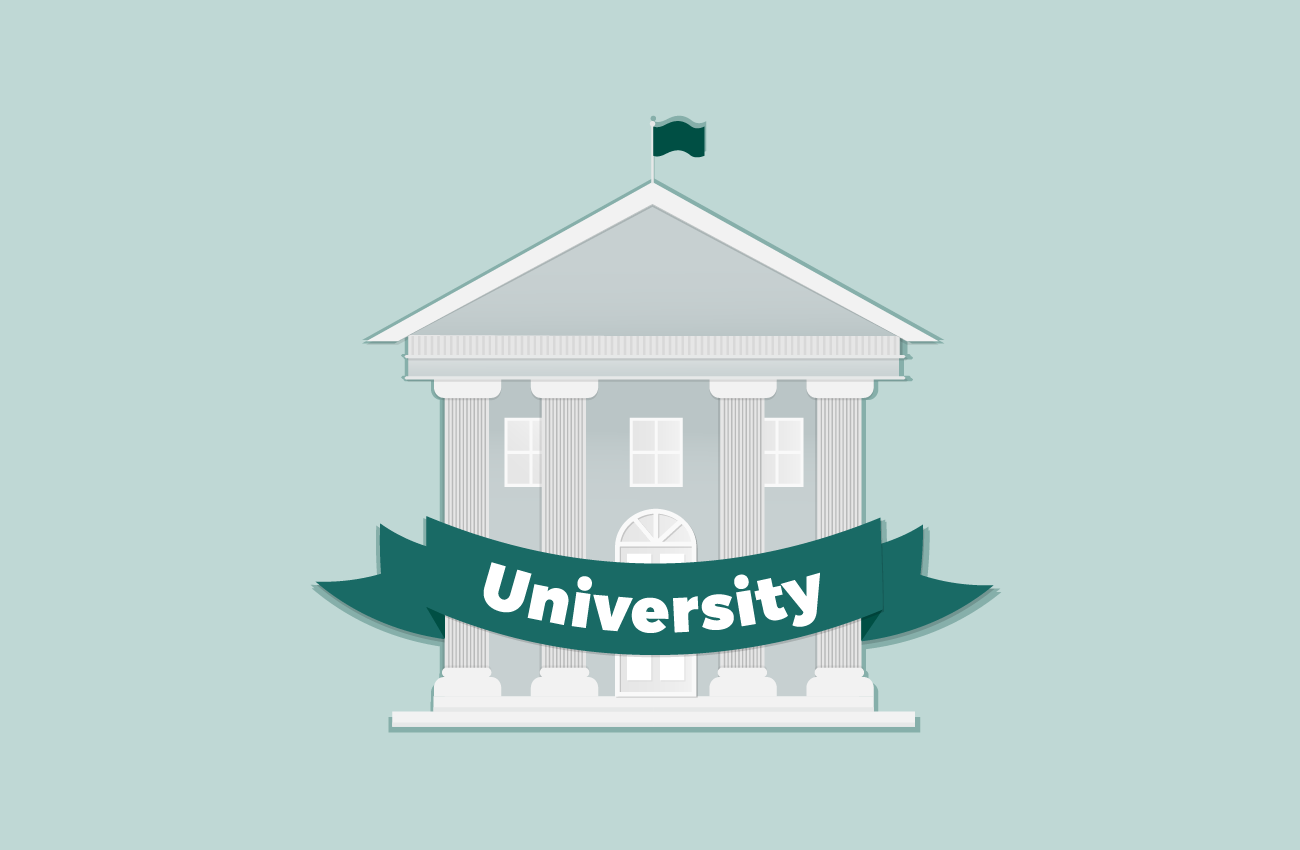
FunBrain helps children improve their problem-solving skills, spatial recognition and concentration. These games are ideal for COVID-19 because they encourage independent learning. These brain-training games can be used at home or in the classroom to help kids improve their brain's capabilities.
Shell game
You can use the Shell brain game to increase your mental and physical abilities. This simple board game challenges you to find the shell that contains the prize and remember where it is. There are 60 challenges to choose from that will keep your attention entertained for hours. It is very affordable and all family members can enjoy it.
This fun brain game can be played by a dog or a human. Your dog can be rewarded for finding the treat by giving it a toy or shell. The game can be either challenging or fun depending on how old your dog is.
Search by word
Word searching is fun, and it can also be an exercise for the mind. Research has shown that playing word searches can increase processing speed, strengthen working memory, and advance logical and strategic thinking. It can improve spelling proficiency and provide a creative outlet.

As you play the game, it is important to know which letters are more frequent in different languages. Letters such as Q, Z, and K often have the same endings. You may be able to reduce your productivity by scanning these letters first. Moreover, double letters are easier to spot than two separate letters.
Sudoku
Sudoku is a great brain game that requires logical reasoning and a good memory. Sudoku puzzles can be solved by finding the locations in a box of numbers from one to nine. Sudoku has varying levels of difficulty, ranging from easy to hard. Sudoku puzzles must be solved by the player who finds at least two copies of each number per row, column, mini box and works from there.
Sudoku is an online puzzle that tests your short-term memory as well as your cognitive abilities. It requires a sharp eye, logical reasoning, and memory work, and is recommended for both children and adults. You can find a variety of puzzles in the free version, but premium versions offer more challenges.
Memory bank
Memory Bank for Fun Brain Game allows you to practice using your brain to solve challenging puzzles. This app can be used on iPhones (iPads, Apple TVs, and your apple watch), and is completely free. It also includes internet security features which will protect your privacy, and give you peace-of-mind when surfing the internet. It is also fast and simple to use.
You can download Memory Bank – Fun Brain Game free of charge by visiting the official website or the App Store. You can then download the app following the instructions provided on the website. Once the app has been installed, you'll be able access to the game's content. If you have trouble downloading the app from the official website you can use a VPN to get it from another country. A VPN can be dangerous so you must be careful.

Look for the hidden objects
Hidden object games are a great way of improving hand-eye coordination. This game also helps players become more organized as they must quickly find and put back the items. These games can help you organize your surroundings and make it easier to find the right thing in a room that is full of clutter.
These games can be used to relieve stress and boredom. These games can improve cognitive skills. There are many themes to choose from and they can be played alone or with friends. The best thing about them is that they are regularly updated.
FAQ
How long should I spend studying each semester
The amount of time that you spend studying depends on several factors.
These factors are not the only ones. Some schools may also require you to take certain classes each year. This means you might not have the freedom to take less courses during a semester. Your advisor will tell you which courses are required for each semester.
Is becoming a teacher difficult?
Being a teacher is a huge commitment. You will need to devote a significant amount of time to your studies.
While earning your degree, you should expect to work about 40 hours per săptămână.
You will also need to find a job that suits your schedule. Many students report difficulty finding part-time jobs that work around their school schedules.
When you are hired for a full-time job, you will most likely be required to teach classes during the school day. You might even be required to travel to other schools throughout the week.
What is the difference in school and college?
Schools are usually divided into classes (or grades), with a teacher who is responsible for teaching a specific class. Colleges are larger institutions that offer more specialized programs and include many university-level courses. While schools tend to focus on the basics, colleges can offer courses in a wide range of subjects, including science, language, business, and arts. Both levels of education are designed to prepare students for higher-level study.
Which factors are important when selecting a major
The first step is to decide whether you prefer to enter a particular profession straight away or attend college. Make a list of all your talents and interests. Reading, listening to music and talking to people are all possible interests. Your talents may include singing, dancing and writing. You can identify your talents and interests to help you choose a major.
Art history and fine art might appeal to you if you are interested in becoming an artist. Biology could appeal to you if animals are your passion. If you'd like to become a doctor, you might look at pre-medicine or medical technology. Computer science, computer networking, or computer engineering might interest you if you want a career that involves computers. There are many options. Think about what you want to do.
What's the point of education or schooling?
Education should provide students with skills that will help them find work. Education is not only academic. It is also a social pursuit where students learn from each others and gain confidence through engaging in activities such music, sports, and art. Education is about helping students think critically and creatively to become self-reliant and autonomous. What does it take to achieve high educational standards
High educational standards ensure that every pupil achieves their potential. They give teachers a clear vision of the goals they want to achieve with their pupils. Schools can adapt to changing educational needs if they have good educational standards. Fair and equitable education standards must also be maintained: Every child is equal in terms of chance of success, regardless of his/her background.
Do you need to go to college to become an early childhood educator?
You can't, but it is worth considering going to college to get a degree in this field.
It's important to note that becoming a teacher isn't easy. Every year, there are many applicants who aren’t accepted to programs. A lot of people leave college after just one semester.
A teacher must meet all requirements.
How much does homeschooling cost?
There are no set fees for homeschooling. Some families charge between $0-$20 per lesson. Some families offer services for free.
But homeschooling is not easy. It requires commitment and dedication. Parents should be able to dedicate enough time to their children.
They also need to have access book, supplies, books, and other learning resources. Many homeschoolers have to make use of community programs and events in order to enhance their curriculum.
Parents should think about transportation costs, tutors, and other activities.
Homeschoolers should also plan ahead for vacations, field trips, and special occasions.
Statistics
- And, within ten years of graduation, 44.1 percent of 1993 humanities graduates had written to public officials, compared to 30.1 percent of STEM majors. (bostonreview.net)
- In most developed countries, a high proportion of the population (up to 50%) now enters higher education at some time in their lives. (en.wikipedia.org)
- They are more likely to graduate high school (25%) and finish college (116%). (habitatbroward.org)
- Think of the rhetorical power of nineteenth-century abolitionist Harriet Beecher Stowe, Martin Luther King, Jr., or Occupy Wall Street activists with their rallying cry of “we are the 99 percent.” (bostonreview.net)
- Globally, in 2008, around 89% of children aged six to twelve were enrolled in primary education, and this proportion was rising. (en.wikipedia.org)
External Links
How To
What is vocational Education?
Vocational Education prepares students for work by giving them skills that are required for a specific job, such as welding. It also includes on-the-job training in apprenticeship programs. Vocational Education is different than general education. It focuses on specific careers and not learning broad knowledge for the future. The goal of vocational education is not necessary to prepare people for university study but to help them find jobs upon graduation.
Vocational education can be offered at any level of schooling: primary, secondary, college, university, technical institutes and trade schools. In addition, there are many specialized schools such as culinary arts schools, nursing schools, law schools, medical schools, dental schools, veterinary medicine schools, firefighting schools, police academies, military academies, and other military schools. Many of these schools provide both academic instruction as well as practical experience.
Over the last decade, several countries have made significant investment in vocational education. The effectiveness of vocational training is still a controversial topic. Some critics believe it doesn't help students get hired, while others claim that it helps prepare them for life after high school.
The U.S. Bureau of Labor Statistics estimates that 47% of American adults possess a postsecondary certificate, or degree related to current occupation. This figure is higher for those with more education. 71% (25-29) of Americans have a bachelor's level or higher and work in fields that require a postsecondary degree.
The BLS reported that almost half the adult population of the country had at least one form of postsecondary credential as of 2012. Around one-third of Americans hold a two or four-year associate degree. One fifth of Americans have a master's, or doctorate.
In 2013, the median annual wage for persons holding a bachelor's degree was $50,900, compared to $23,800 for those without a degree. The median salary for people with advanced degrees was $81,300.
For those who did not complete high school, the median wage was only $15,200. The median annual income for those with less than a high-school diploma was $13,000